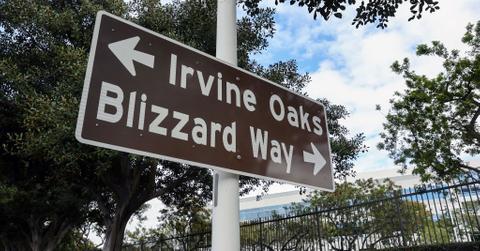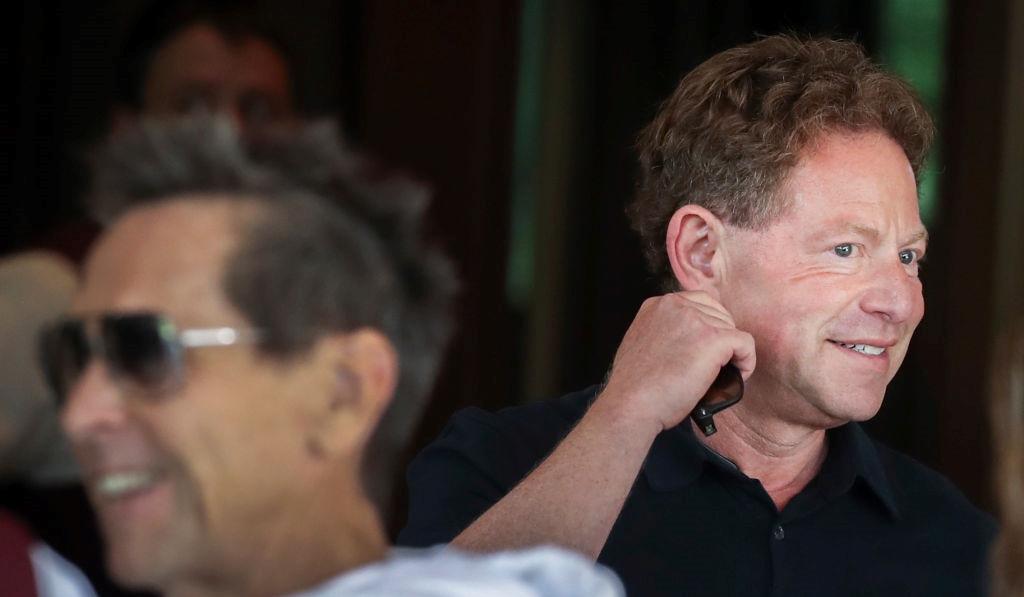Eligible Claimants to Get Activision Blizzard Settlement Money After Judge’s Approval
Activision Blizzard (ATVI) is emerging from a major harassment lawsuit with a now-approved $18 million settlement. Here’s the rundown of who gets the money.
March 30 2022, Published 11:28 a.m. ET
Certain employees of video game developer Activision Blizzard Inc. (ATVI) who endured fraternity-like cube crawls, “Cosby suites,” sexual harassment, and an unsafe and inequitable work environment are getting paid for their troubles. A U.S. district judge has officially approved an $18 million settlement from September after California regulators tried to intervene.
ATVI isn’t out from under all of its lawsuits. In early March, the family of late Kerri Moynihan sued Activision for workplace harassment that allegedly contributed to the woman’s suicide. Still, the court’s provisions and the monetary settlement are major shifts in the Activision saga.
Judge approves Activision’s $18 million settlement after regulators intervene.
On March 29, U.S. district judge Dale Fischer approved a settlement for Activision Blizzard to pay $18 million to former employee claimants in a harassment lawsuit.
The company initially announced a settlement in September 2021, but regulators from California’s Department of Fair Employment and Housing (DFEH), the organization that filed the lawsuit, intervened in an attempt to uplift its ongoing case against Activision Blizzard that's separate from the lawsuit. The judge ultimately decided that a settlement between the state’s Equal Employment Opportunity Commission (EEOC) and Activision was the best way forward to provide financial compensation to victims and instate regulations within the Activision workplace.
Eligible claimants will get the Activision settlement money.
Activision will divvy up the $18 million settlement among eligible claimants who worked at the company between September 1, 2016, and March 29, 2022.
Most employees and former employees who filed claims of harassment and discrimination will essentially get a slice of the pie.
It isn't clear how many claimants there are, but with 3,000 signatories walking out on Activision—a company with more than 9,000 employees—there could potentially be a large amount.
Victims can still make a claim against ATVI if they worked at the company during the specified time frame.
Activision must adhere to certain provisions.
In addition to paying eligible claimants a collective $18 million, Activision must instate certain internal regulations. All supervisory employees must attend harassment and discrimination seminars and training. Also, employees will receive expanded mental health resources.
This is called a consent decree, and it lasts for three years. DFEH wanted a stronger decree that increased protections for employees, especially since the preexisting toxic leadership and workplace culture has changed on a minimal basis.
Will things change at Activision?
On March 30, Bobby Kotick, who's reported to have known about the harassment and discrimination and done nothing about it, remains chief executive of Activision. The company has fired about 76 employees so far in connection to harassment complaints. This is less than 1 percent of the company’s workforce.
With what looks to be a lackadaisical consent decree for rather extreme claims, it will be difficult for victims to protect themselves moving forward. However, Kotick disagrees. He wrote in a press release, “Our goal is to make Activision Blizzard a model for the industry, and we will continue to focus on eliminating harassment and discrimination from our workplace. The court’s approval of this settlement is an important step in ensuring that our employees have mechanisms for recourse if they experienced any form of harassment or retaliation.”
Meanwhile, Microsoft’s acquisition of Activision is still facing regulatory scrutiny.


